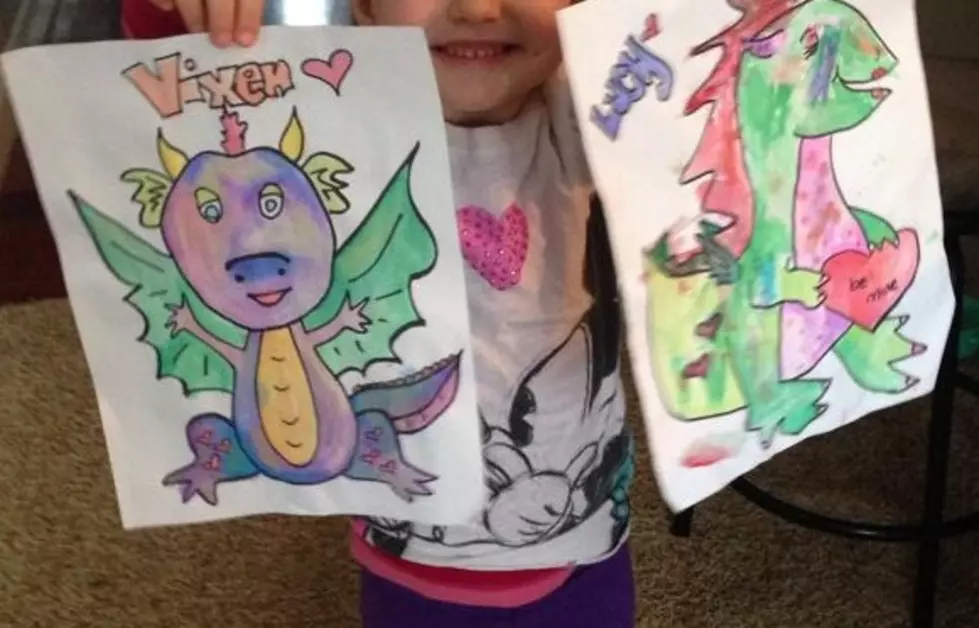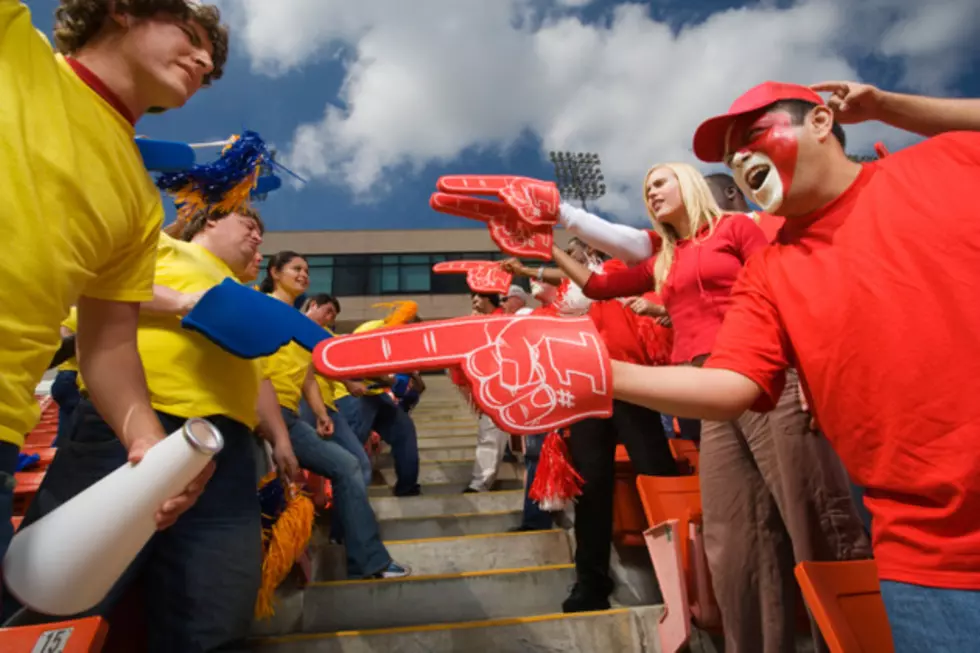
Meeting My Daughter’s Imaginary Friends: Lucy and Vixen, the Color-Changing Dragons
This weekend, I had the pleasure of meeting Lucy and Vixen. The pair of jolly creatures came to my home on Saturday morning and as far as I know are still staying with us. They have taken kindly to my three-year-old daughter - eating off her plate and sleeping in bed with her. Did I mention Lucy and Vixen are very large color-changing dragons?
They also had a dragon party at my home on Saturday night and after the fifth opening of our front door, it's now a rule that all dragons must come in through the closet.
In my child's sweet imagination, she conjured up two dragons as her imaginary friends. I'd imagine Lucy was named after her best friend at preschool that moved away and Vixen is her favorite reindeer. I'm not exactly sure why.
I did a little bit of research about imaginary friends.What I discovered is fascinating. Once thought to be the outward symptom of social and emotional problems, child psychologists now believe that imaginary friends are a sign of social and emotional advancement.
According to Babble, "Last year a study from La Trobe University in Melbourne found that three- to six-year-olds with imaginary friends were more creative and socially advanced. Earlier studies had shown that kids with imaginary pals use more complex sentence structure, have richer vocabularies, and get along better with classmates." Basically, the creative side of their brains are developing quickly. I'm proud to say my daughter is the proud owner of not one but two friends. Geez Louise.
One of my all-time favorite characters is Bing Bong from Inside Out. He's weird and wonderful and the best playmate ever. I am glad Lucy and Vixen have come to stay with us. They are a reminder that childhood is a magical time and imaginations are endless.
More From WGBFAM









